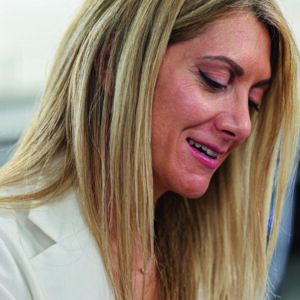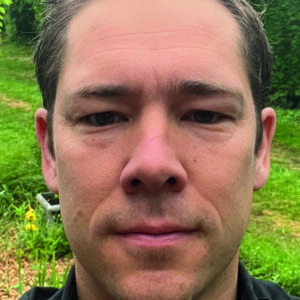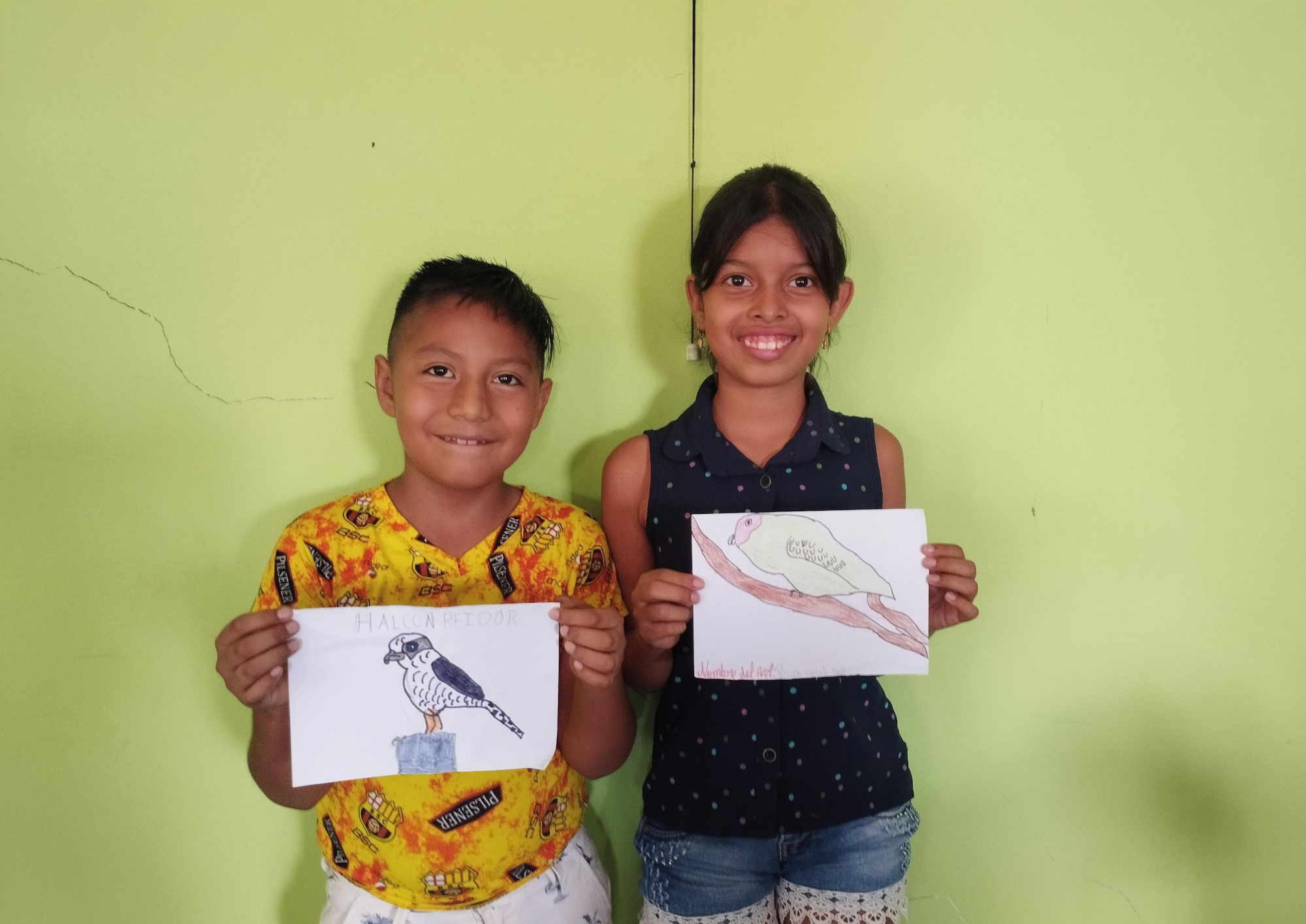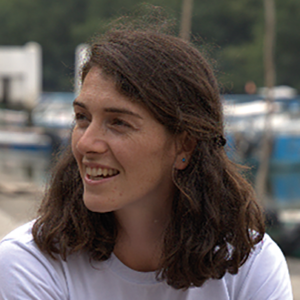Designing and eco-engineering a mangrove forest on dredged sediments
Dredged sediments tend to be overlooked as disposable and unwanted material from port, channel and estuary maintenance, which may pose significant environmental and logistical challenges. Traditionally, they are disposed of at sea or stored in containment sites, where potential environmental impacts on marine and coastal ecosystems are considered as an inherent side effect. However, driven by the realisation that primary resources are f inite and scarce, the value of dredged sediments is being nowadays reassessed with a number of promising examples.
In many cases, dredged sediments are reused on land, particularly along coastlines or for island creation. Such applications rely on a combination of physical, chemical and engineering techniques, such as rock protection and compaction. These methods aim to ensure material cohesion, limit erosion and guarantee long-term hydraulic stability.
To develop a sustainable and innovative alternative for the reuse of dredged sediments, we drew inspiration from nature's most effective coastal stabilisation systems: mangrove forests. These natural ecosystems offer a combination of key functions that traditional fixed and non adaptive stabilisation structures often lack. These functions, or else, "mangrove ecosystem services" include coastal protection and erosion control, biodiversity support and habitat creation, water quality improvement, carbon sequestration, climate change mitigation and adaptation, and even socio-economic benefits
Jan De Nul's 25-year concession for maintaining the access channel to the port of Guayaquil in Ecuador provided a suitable location within the Guayas Delta for implementing this concept. Subsequently, the idea of developing a new island with mangroves by elevating an existing sand flat, received f inancial support from the government of Flanders and the International Union for Conservation of Nature, also widely known as IUCN.
Local stakeholder engagement
Local stakeholders play a vital role in the success and sustainability of mangrove restoration and conservation projects. Their involvement ensures that projects are ecologically effective, socially acceptable and economically viable and sustainable during their lifetime. Therefore, the location for the pilot project implementation was selected also based on the opportunities for local stakeholder engagement. From the outset, local stakeholders were identified and assessed as part of the environmental and socio economic assessment, paving the way for the development of a strategy plan for local engagement.
The potential locations for project implementation fell within a protected area under the authority of the Ministry of Environment of Ecuador. Within this protected area, the mangrove habitat is subject to a custody programme, whereby it is leased by the state to fishing associations for sustainable exploitation in exchange for mangrove habitat conservation actions. The Ministry of Environment appointed crab fishing associations from the village of Puerto El Morro to be involved in the pilot project.
We identified relevant authorities, crab fishing associations and NGOs as context setters, key players, and subjects, respectively, and involved them at different levels in the project, using various communication channels. To facilitate good relations with the local community, we appointed a community relations officer who organised information committees where the project was explained and community concerns were addressed. The relationship with the authorities was nourished by reporting on time, identifying key contact persons and keeping them informed and engaged about the project.
In total, we consider that the project implementation created 59 full-time jobs for 4 months. In addition, approximately 500 individuals, representing different age and gender groups in the local community, received training on topics related to mangrove restoration and around 1,000 individuals attended a project communication activity.










